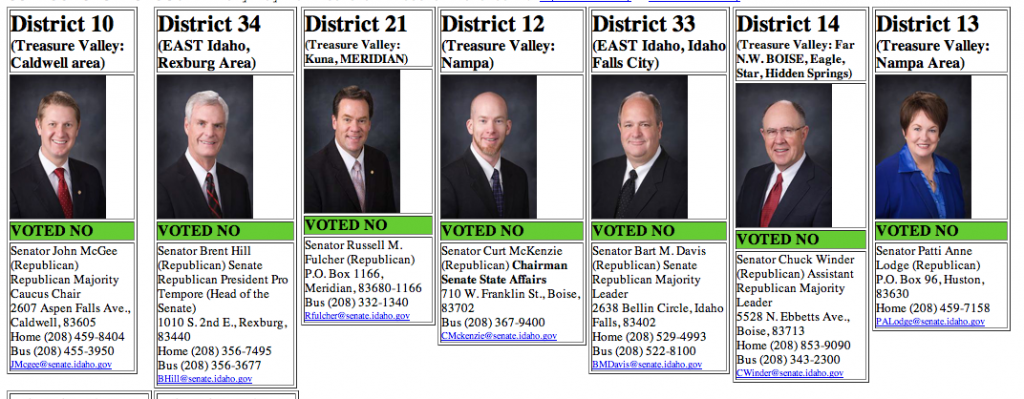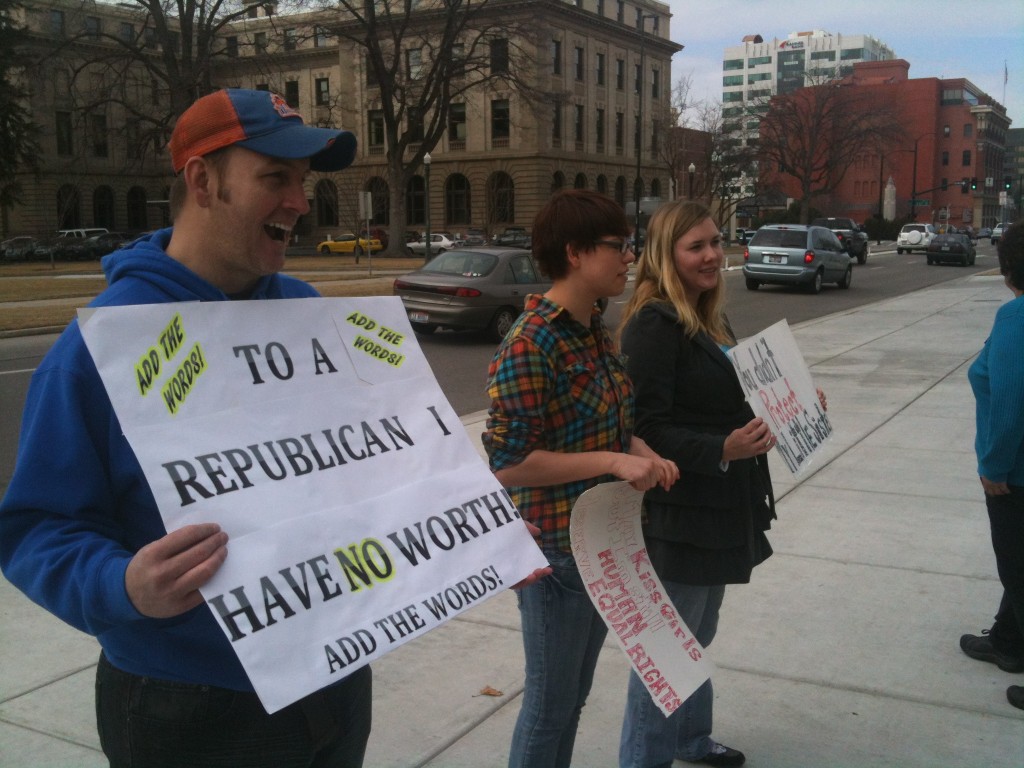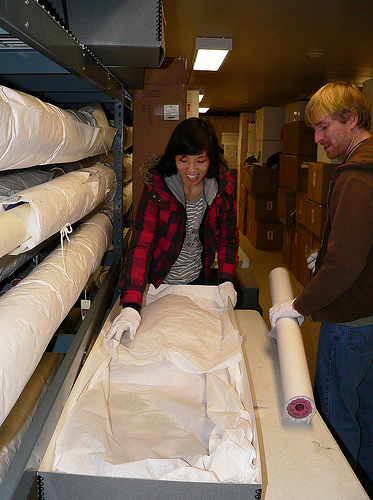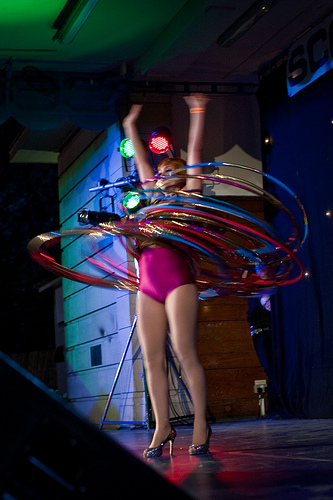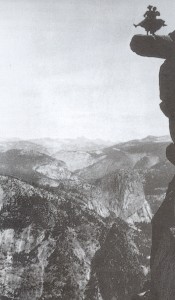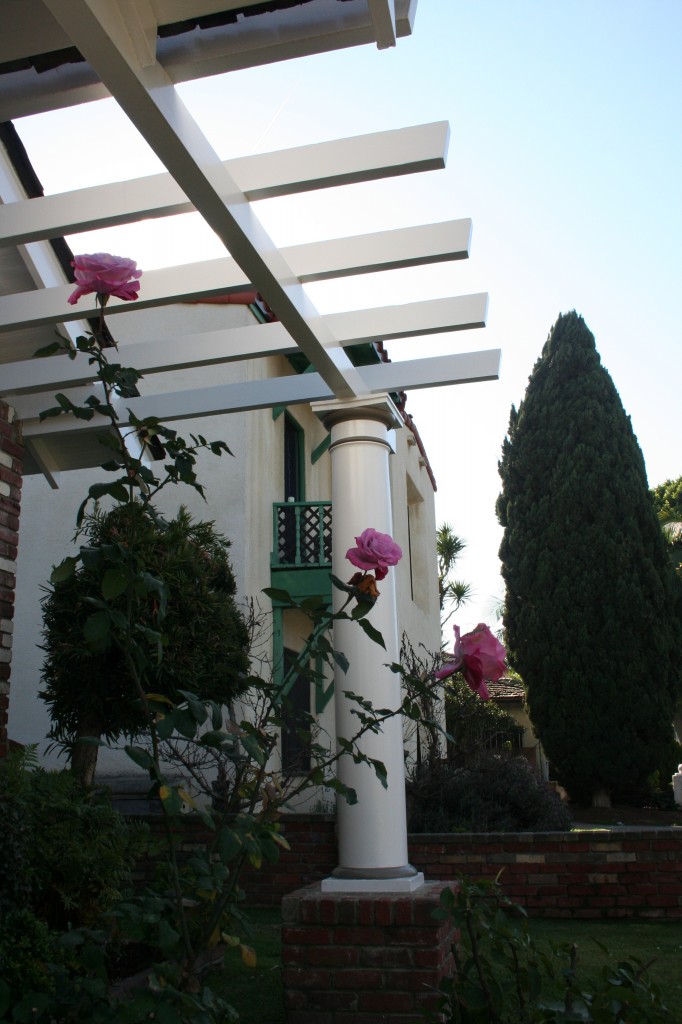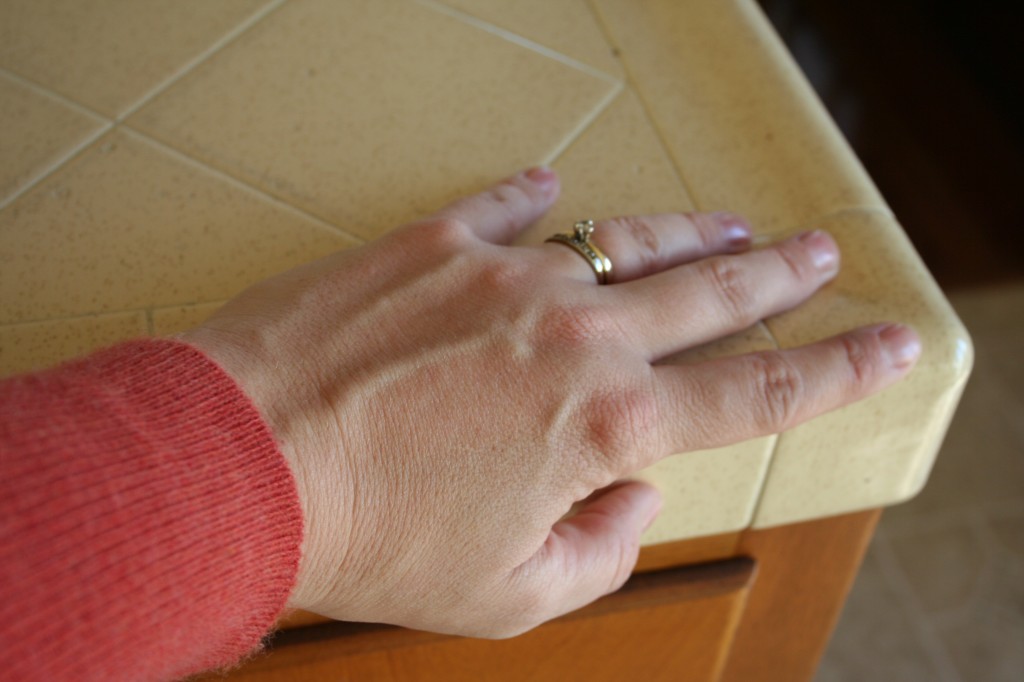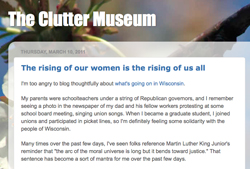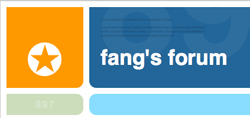- Good god—it’s been more than two months since I last blogged.
- It’s that time of the semester. Paper deadlines and exams swoop down upon undergraduates. Students cry in my office and, quietly, at the back of my classroom—but not about the course. Even the usually-stoic-in-class veterans are teetering. One student veteran recently pointed out that his classmate, also a veteran, is much more, er, complicated than he is, though the latter student had only been to one war, and the former had been in two. (These are not UC Davis students, I am constantly reminded.)
- I, too, have deadlines galore. Maybe I need to have a good cry in my office. I suspect I’m teetering and haven’t yet recognized it. (I look around the unbelievable mess of my home office: yep, definitely teetering.)
- I decided, amidst all this deadlining, to give up sugar. (Those of you who have ever had a meal with me know to look out the window for pigs on the wing.)
- And then I thought, hell, why not give up dairy and eggs, too?
- It’s only day two of those experiments, but I already feel better. And for the hundredth time I cite the Seamus Heaney line: “You are fasted now, lightheaded, dangerous”—a great time to blog.
- My kindergartener is so awesome. And so is his dad. In fact, I suspect my kid is awesome in large part due to his dad.
- Fang’s fiftieth birthday is on Friday. How the hell am I married to a 50-year-old man? (And why do I look closer in age to 50 than Fang does? I must investigate the attic for a portrait.)
- Mostly I’m feeling overwhelmed with the little things at work. So many little things! But summer is coming, and the little things will, because they must, go poof!
- Big things, not so much with the poofing. I wrote a proposal to Academic Technologies to make our public history master’s degree the university’s “mobile learning” program, and (to, I think, the great disbelief of my colleagues) our department won that CFP. That project will come home to roost in a big way this summer.
- Our interim chair, who is literally counting down the days to the end of his year in that position, yesterday asked me if I was director of our public history program. Um, no. Regardless, he assigned me to speak as the director of said program when our accreditation visitors arrive next week. “Director” comes with more money, yes?
- I’m very much in absorption mode, an intellectual sponge. Reading, thinking, reading. Downloading articles. Jotting down notes. And then—miracle of miracles—messing around the edges of articles that need substantial revision. This is usually a sign that Big Writing is on the horizon. That’s good. Big Writing must get done.
How are things with you, dear readers?
